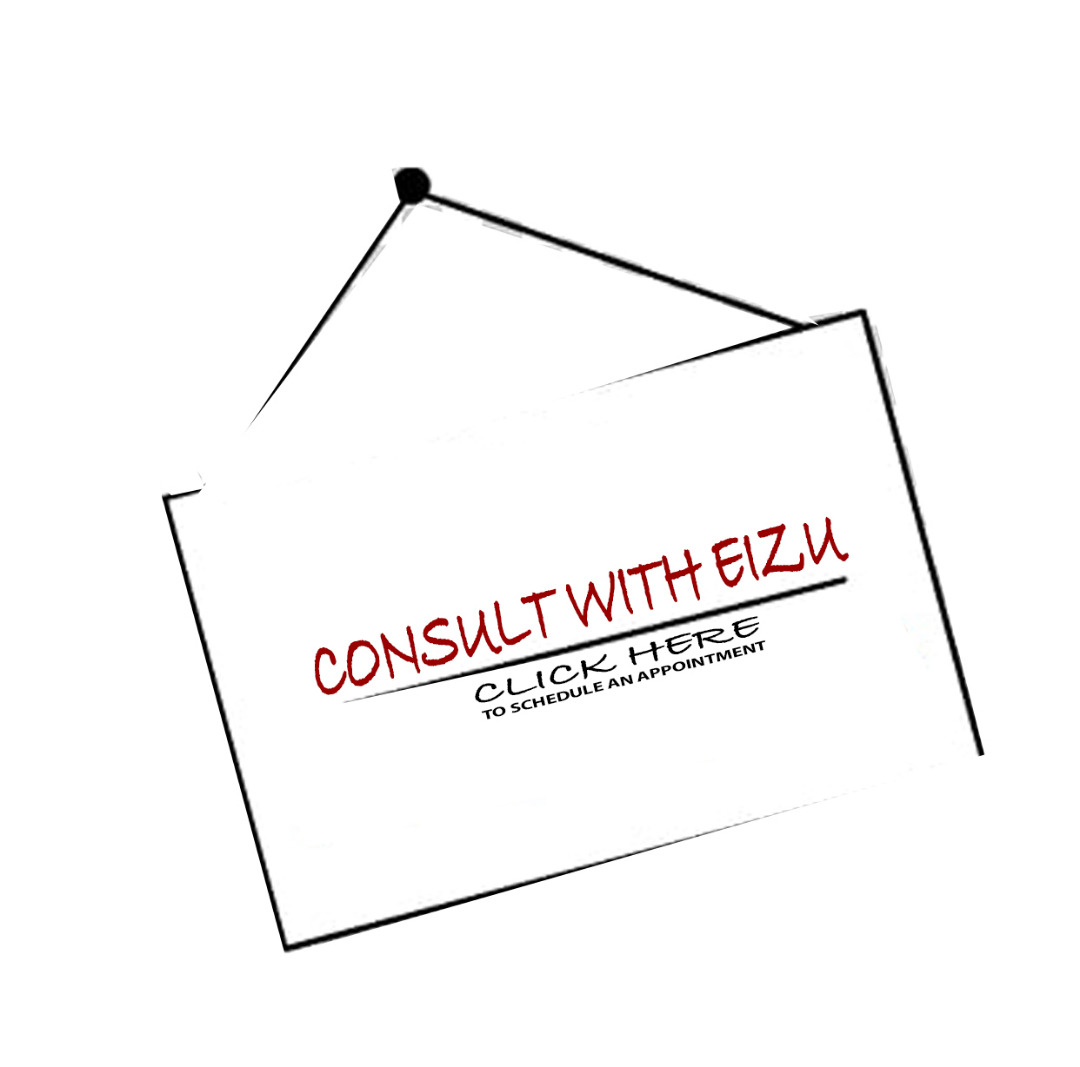For businesses, emails are an extremely effective method for communicating but that’s only when people actually read and respond to those mails. When these responses is an integral part to the success of your business and productivity, then you certainly should find ways to be as effective as possible.
Understanding how to get a reply to your messages will certainly help you establish vital relationships to benefit your business in the long term. So let’s cut to the chase, here are five tips to get that response right now.
- Keep it Short
Regardless of how well-written or carefully worded your email is, the chances of it getting read and responded to by the recipient is very slim. There are two reasons for this: Either the reader doesn’t just have the desire or time to read through a lengthy message or the recipient doesn’t have time to respond in a suitably in-depth manner.
According to a research by MIT researchers and Boston University, it was concluded that shorter messages have higher chances of response as well as productivity. Email users who write shorter, focused emails, receive faster responses than users who send long rambling messages.
2. Give them a reason to respond
According to a research done in the 1970s, it was concluded that requests which were more likely complied to were those with reasons for complying. By simply mentioning why you need the recipient to respond will increase the chances of response from that recipient. The experiment was done in a library where a subject was approached just when they were about to use their photocopier, using one of three question types:
- Excuse me, I have x pages. May I use your photocopier?
- Excuse me, I have x pages. May I use your photocopier, because I have to make copies?
- Excuse me, I have x pages, May I use your photocopier, because I’m in a rush?
From the fascinating results, while the first request made 60 percent compliance, the second and third request had a compliance rate of 93 percent and 94 percent respectively.
3. Throw in some (no-strings-attached) favor
Which of these would you likely respond to?
- Hi Josh, I just wanted to let you know, I recommended your services to a new client. And also, could you send me the documents I requested for
- Hi Josh, could you send me the documents I requested for? I’ve been expecting them since Tuesday
I bet you would go for the first. Same here.
In Robert Cialdini’s book, Influence: The Psychology of Persuasion, he described reciprocity as the innate desire to feel indebted to those who have given us a gift or done something for us. This principle is usually used in marketing when you’re offered a 1 month free sample of an e-product. It works the same way in the real world. When sending that mail, add a sincere, no-strings-attached favor and you will most likely get a quick response. Don’t over push it though.

4. A little (appropriate) humor doesn’t hurt.
When you’ve not gotten a response, as a gentle reminder, you could try some good old-fashioned humor. Make sure this is appropriate and directed to someone you’ve had previous contact with. Be mindful of the situation though. In a very formal setting, humor may be uncalled for and can backfire.
5. Find out about peak email-engagement times
One of the most effective ways of ensuring your recipient actually sees and responds to your email, is sending it during peak email-engagement periods.
According to a research by GetResponse, peak periods are between 8am and 10 am and 3am and 4pm. This is when most people tend to be at their desk, checking their mails. This means that sending mails during this time ensures that your message is at the top of their inbox. This data however, may not apply to personal mails. Knowing when your recipient most likely check their mails would suffice.

In Conclusion
While tips above could maximize your chances of getting a response in time, keep in mind that failing certain email etiquettes may negate these effects. These may include
Using generic greetings (Dear sir, to whom it may concern)
Emails with typos and errors
Emails about sensitive subjects that would rather be done over the phone or in person
Including sarcastic reminder (I see you are very busy to respond to my messages…)
Getting response to your email is tricky but learnable. Keep trying out more strategies and stick to the one which works for you.
Read more articles like these on this platform.




